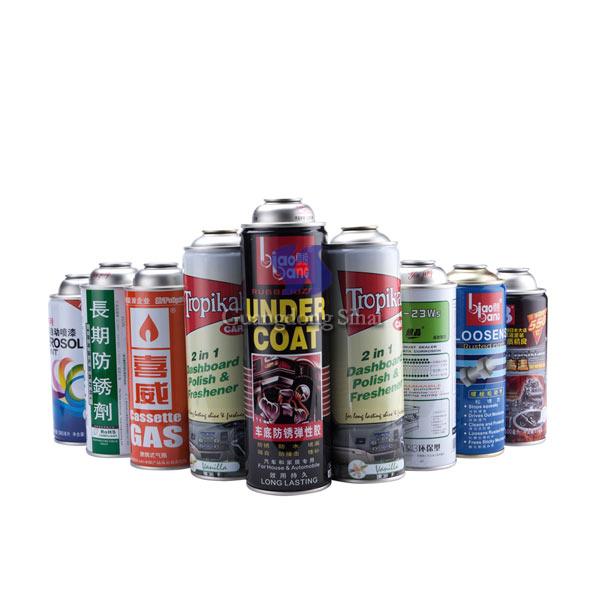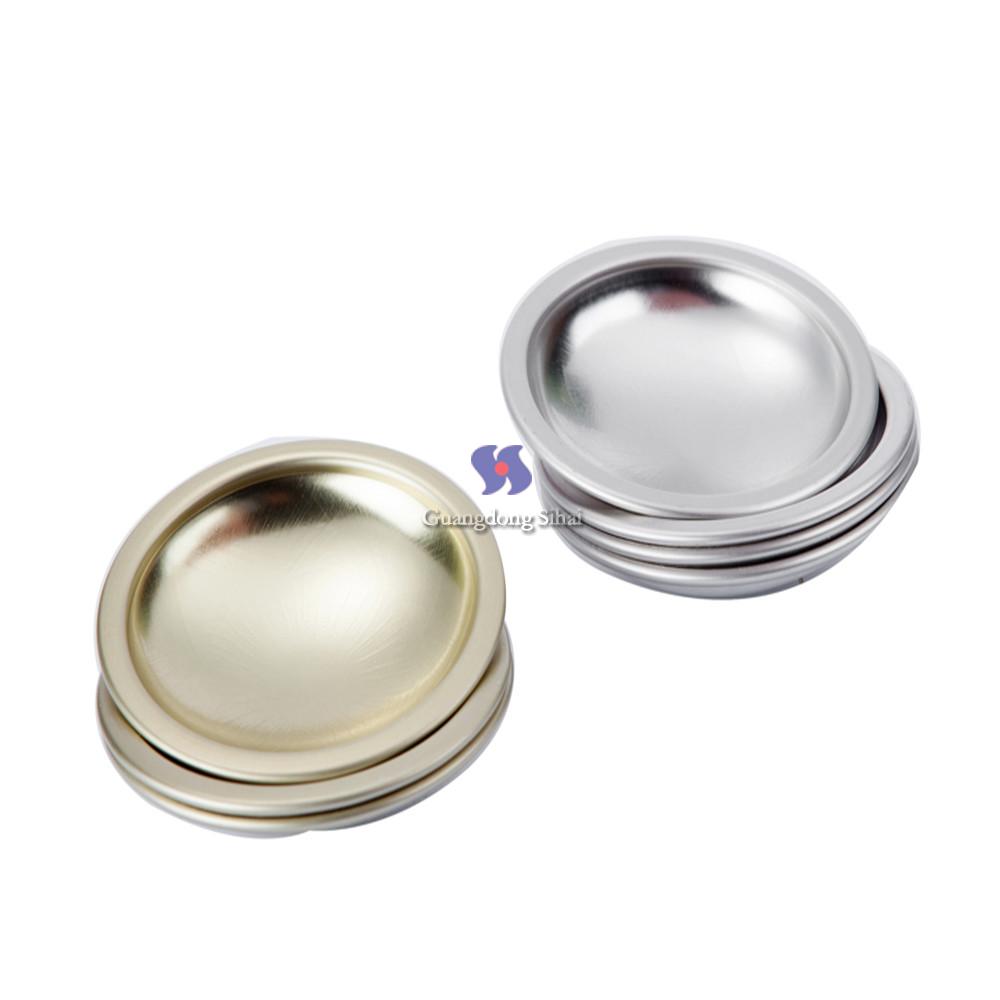We can find the aerosol products
around the house for everything from touching up patio furniture, to
dusting furniture. You can find them on nearly every jobsite, in most
work vehicles, and in offices. They’re small and easy to ignore. But
when they explode or depressurize incorrectly, they can be deadly.
Aerosol cans
are normally manufactured from thin sheets of steel. The products they
hold are highly pressurized with a number of types of hydrocarbon
propellants, from carbon dioxide or butane or propane. In recent years,
some scientists and environmental activists have linked
chlorofluorocarbon (CFC) propellants to decreases in the planet’s ozone
layer. Most manufacturers have shifted to propellants that are thought
to be less damaging to the atmosphere.
Hazards to workers
Workers
face three general types of hazards when working with aerosol cans. The
first of these is the pressurization. As long as the can and the
dispensing device remain intact, aerosol cans are safe. But any number
of problems, such as a puncture, a faulty valve, excessive temperatures,
or corrosion can result in unintended depressurization. In the most
severe cases, aerosol cans may explode, burning nearby workers and
showering them with steel shrapnel.
The second hazard is the
actual product being dispensed by the can. Often, these products are
inherently hazardous, such as in the case of insecticides. Others may
contain hazardous substances, such as the concentrated solvents found in
some paints or cleaners. In fact, some cans that are partially empty
may be legally considered to be hazardous wastes. Finally, if either the
propellant or the product it delivers is flammable, the aerosol can
creates a fire hazard.
Safe work practices
As
with most hazards, the first steps in reducing the dangers associated
with aerosol cans is to determine whether they are really needed on the
jobsite. If the task can be accomplished without the use of aerosol
cars, workers will not have to contend with the hazards. Other forms of
the material may be available. Or, refillable spray bottles or
air-powered equipment may be available.
If workers do use
aerosol cans, they should be familiar with the Material Safety Data
Sheets (MSDS) for the material and use the cans according to directions.
Personal protective equipment or additional ventilation may be
required.
Aerosol cans should always be stored in dry areas
where they will not be exposed to excessive temperatures. As the
temperature rises, pressure in the can will increase, and ambient
temperatures about 120 degrees Fahrenheit may lead to explosions.
Because car and truck interiors can become very hot in sunlight (even
during the winter months), vehicles are generally not a safe location
for even temporary storage.
Disposal issues
As
noted earlier, leftover materials in partially filled cans may qualify
as hazardous waste. If a can is found to be inoperative or
malfunctioning, returning it to the supplier will prevent the user from
having to treat it as hazardous waste.
Cans that are completely
empty of both propellant and product are not considered to be hazardous
waste, and may be recyclable. Companies that use a significant number
of aerosol cans may wish to consider aerosol-puncturing equipment, which
allows the contents of cans to be safely removed and prepared for
disposal.
Aerosol cans should never be placed in fires or
heated locations, because they may explode, and the propellant may be
flammable. Cans that are still pressurized may also burst if place in a
garbage compactor.
If cans that contain hazardous wastes are to
be disposed, they should be placed in a special closed container
displaying markings indicating that the waste is hazardous. The labeling
should also indicate the specific types of waste and the date when the
container began to be used. Keep records of when and how the waste was
disposed or recycled.











